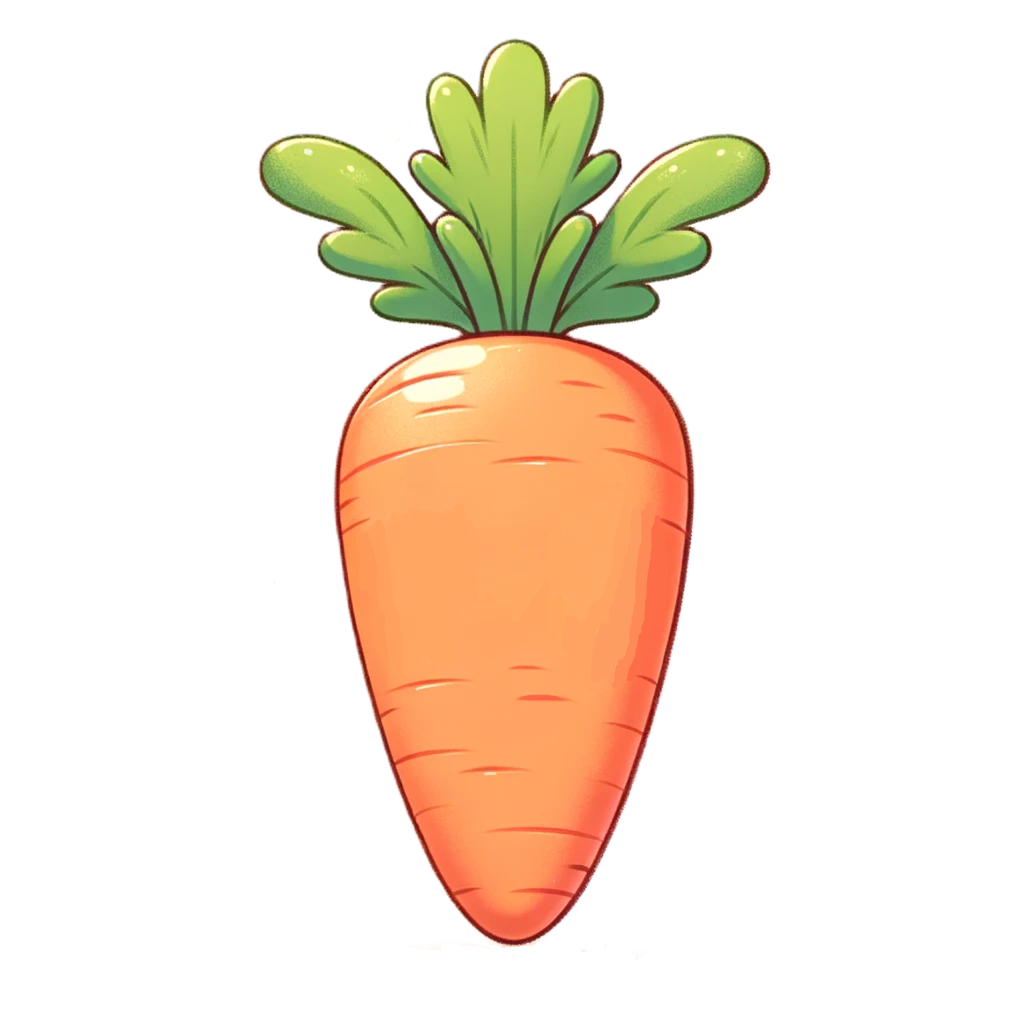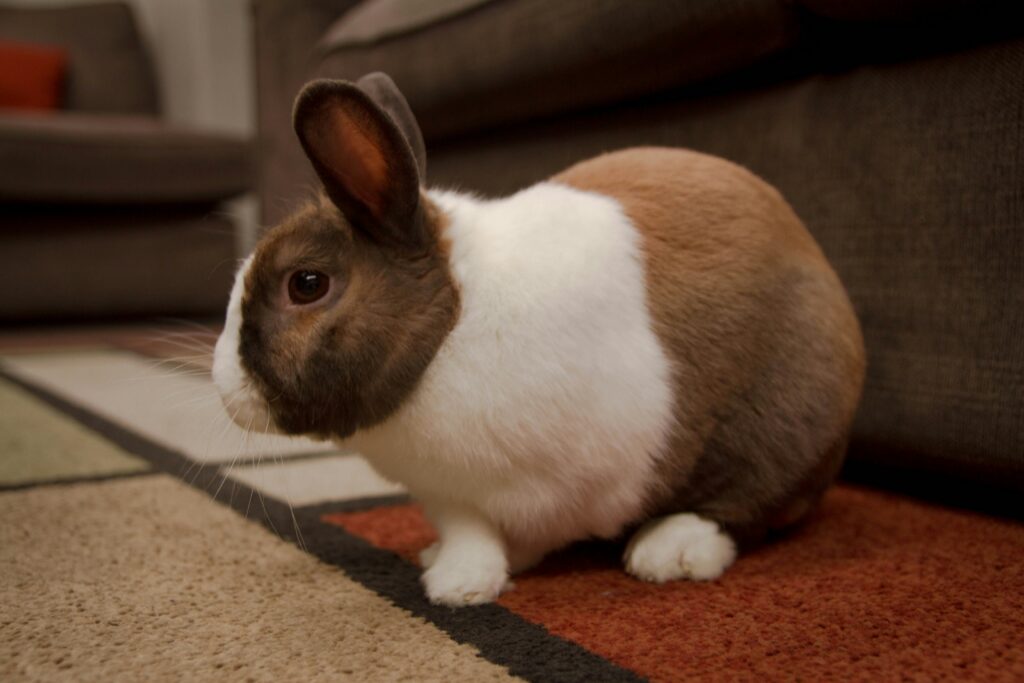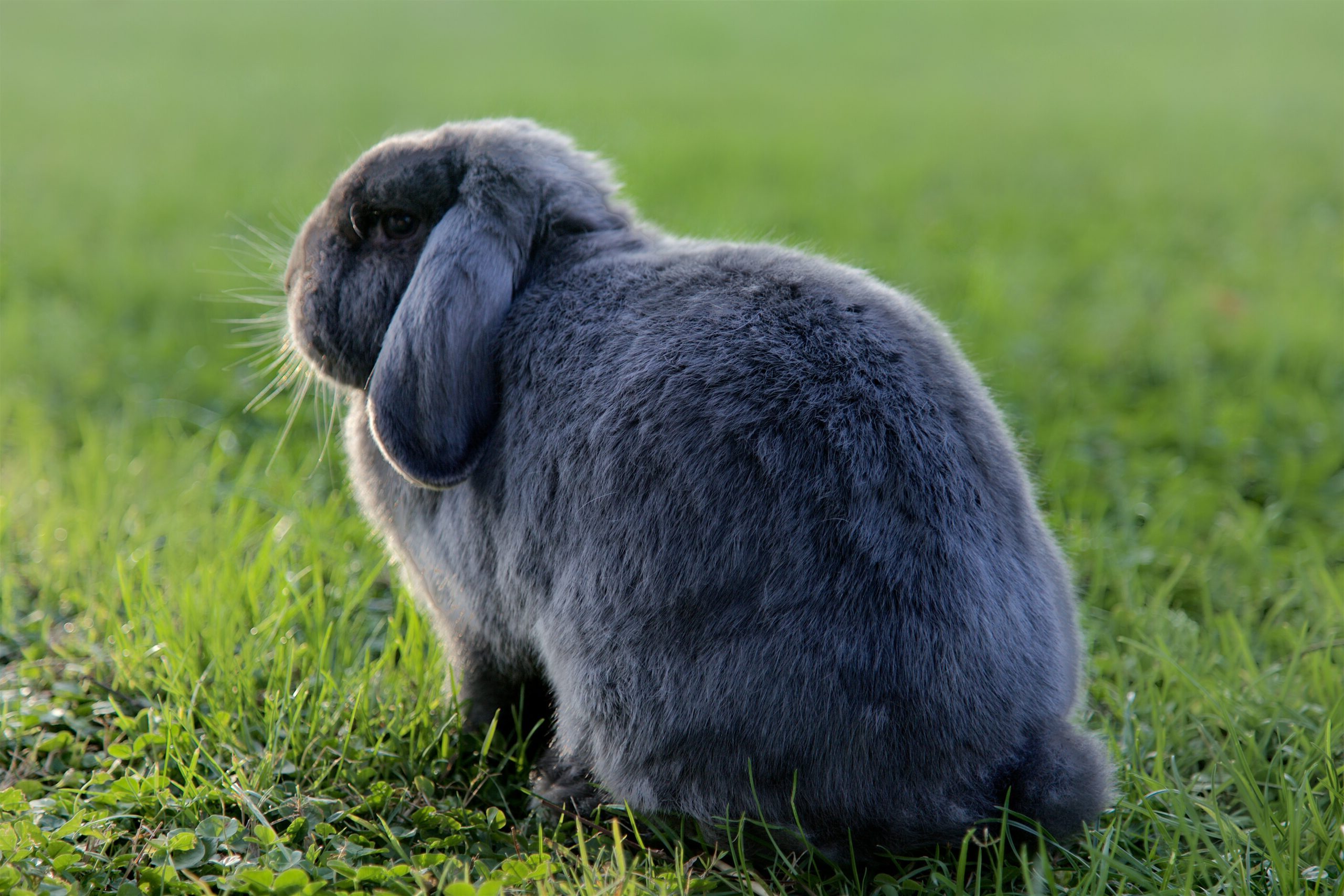
Thrianta: The Fire of the Fancy
Facts at a glance!
Weight: 4 to 6 pounds
Recognized colors:
- Red
Introduction
Are you looking for a medium sized, fire engine red rabbit? If so, the Thrianta might be for you! This is a striking and uncommon breed that always starts a fire on the show tables! Thriantas are also known to have calm, docile personalities, making them great pets as well!
Are you interested in The Fire of the Fancy? Keep reading to learn more!
History and Origin
There is some debate over the country this breed originated in. Many say that it originated in the Netherlands in the 1930’s, with the goal to develop a rabbit breed for the Royal House of Orange-Nassau. Breeders sought to create a rabbit with a rich, vibrant red coat reminiscent of the color of a ripe chestnut. This was succeeded through careful selective breeding of red-colored rabbits, including crosses with breeds like the Polish and Havana rabbits.
The Thrianta joined the American Rabbit Breeders Association (ARBA) as a recognized breed in 2005, making history as being the first new breed since 1988.
Personality
Thriantas have a friendly and docile temperament, making them ideal pets for families and individuals alike.
Thriantas thrive on plenty of mental stimulation and enrichment, enjoying toys, tunnels, and opportunities for exploration. Check out our guide to rabbit toys here!
Physical Characteristics
One of the most striking features of the Thrianta rabbit is its rich, deep red coat, which is dense, soft, and luxurious to the touch. The coloration is uniform throughout the body, with no markings or shading present. The eyes of Thrianta rabbits should be dark brown, and their bellies a slightly lighter shade of red.
In terms of size, Thrianta rabbits are considered medium-sized rabbits, with adults typically weighing between 4 to 6 pounds (1.8 to 2.7 kg). They have a barrel-shaped, well-rounded body type, with short, erect ears that frame their adorable face!
Care and Maintenance
Caring for a Thrianta involves providing an environment that meets both their physical and mental needs. Here are some essential care requirements to keep in mind:
- Housing: Thriantas can be housed indoors or outdoors, depending on climate and preference. Indoors, they should have a spacious cage or enclosure that allows them to move around comfortably. Ensure that your enclosure has a solid floor component such as a carpet square for your rabbit to rest on, lowering the risk of sore hocks. Outdoor enclosures should be secure and protected from predators, with adequate shelter from the elements.
- Diet: A balanced diet is crucial for the health and well-being of Thriantas. Their diet should consist primarily of high-quality hay, such as Timothy hay, supplemented high quality rabbit pellets and fresh vegetables in small amounts. Fresh water should be available at all times, provided in a clean water bottle or dish.
- Grooming: Thriantas do not requite much grooming compared to other breeds such as Angoras, but regular grooming can help to foster bonding with your rabbit! Brushing them gently with a soft-bristled brush a few times a week can help remove loose fur. Additionally, you should be sure to trim their toenails regularly, every 1 to 2 months. Check out our nail trimming guide here if you are new to trimming toenails!
- Exercise: Like all rabbits, Thriantas are active animals that require regular exercise to stay healthy and happy. Providing opportunities for daily exercise outside of their enclosure is essential. This can include supervised playtime in a rabbit-proofed area of the home or a secure outdoor space.
- Veterinary Care: Regular veterinary check-ups are great for monitoring the health of your Thrianta and addressing any potential medical issues promptly. They will also be able to provide any necessary vaccinations or spay/neuters.
Health Considerations
Thriantas are generally very healthy, avoiding many of the genetic conditions that can cause issues for other breeds. Even so, there are still some general health considerations to keep in mind.
- Gastrointestinal Stasis: This condition occurs when a rabbit’s digestive system slows down or stops functioning properly, often due to poor diet, lack of exercise, or stress. Signs include reduced appetite, lethargy, and decreased fecal output. Prompt veterinary attention is crucial to prevent complications.
- Obesity: Thriantas can become overweight if overfed or given too many high-calorie treats. Monitor their diet closely and ensure they receive regular exercise to maintain a healthy weight!
- Respiratory Issues: Like all rabbits, Thriantas are susceptible to respiratory infections, especially if kept in damp or poorly ventilated environments. Keep their living area clean and dry and seek veterinary care if you notice signs of respiratory distress such as sneezing or labored breathing.
Conclusion
Thriantas are a unique, medium sized breed known for their bright red fur! This isn’t your average red rabbit either, photos barely do justice to how striking they are.
Thriantas are also known to be a calm and docile breed, so whether you are looking for a beloved pet, or a new breed to start a fire on the show floor with, the Thrianta might be for you!
Looking for similar breeds?

Blue Holicer
This breed is also only available in one color (blue) and is a similar size, weighing a max of 7.25lbs.

Mini Satin
The Mini Satin is slightly smaller than the Thrianta, on average at 4lbs. The Mini Satin has a luxurious shine to its coat, thanks to a hollow hair shaft!

Czech Frosty
This breed is also only available in one color (frosty). It is a similar size, weighing a max of 7.25lbs.

Dutch
The Dutch has a unique color pattern and weigh from 3.5 to 5.5lbs.

Hoppington Hideaway

Lopshire Meadows
See a Picture Missing?
Here at Hutch Happiness we want to showcase YOUR rabbits! If you have a photo of a rabbit you would like to share, reach out to me at Emily@hutchhappiness.com. Along with your rabbit photo we are happy to provide a link to your rabbitry website if available.
